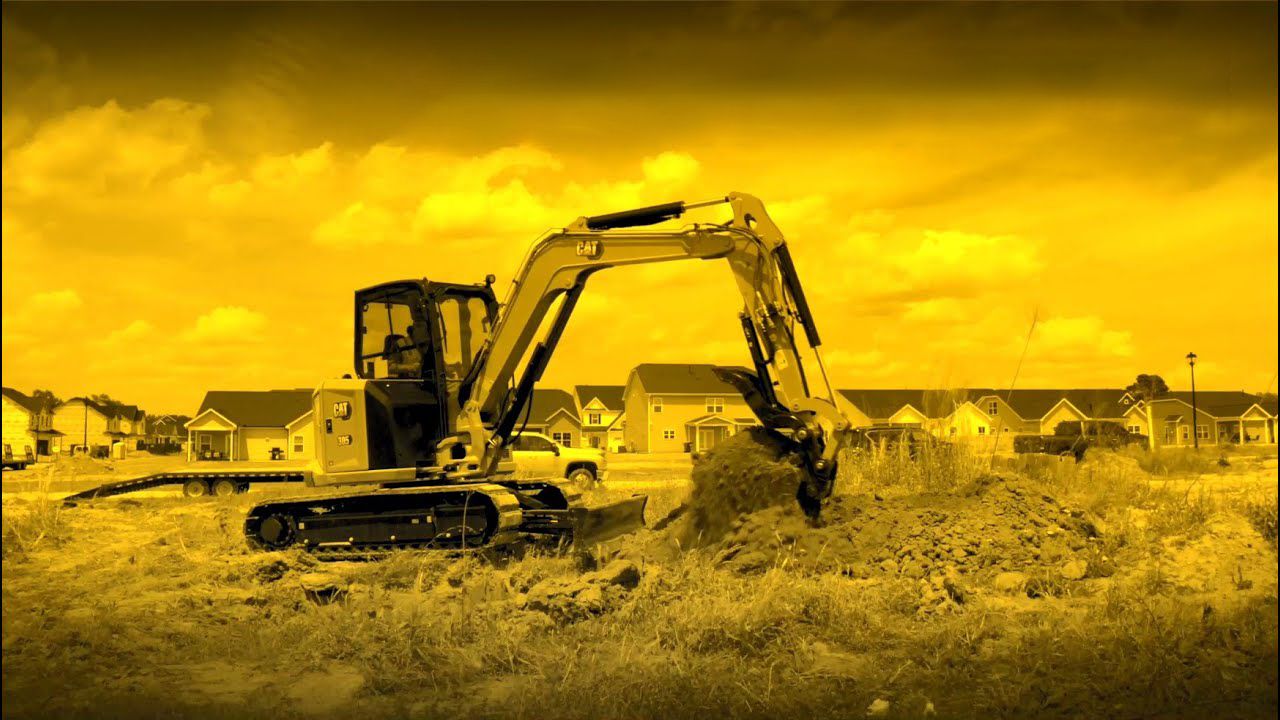

Sign In
Welcome! Sign In to personalize your Cat.com experience
If you already have an existing account with another Cat App, you can use the same account to sign in here
Register Now
One Account. All of Cat.
Your Caterpillar account is the single account you use to log in to select services and applications we offer. Shop for parts and machines online, manage your fleet, go mobile, and more.
Account Information
Site Settings
Security
Cat® 304 and 305 Mini Excavator Inspections
Nothing can throw a wrench into the gears of a streamlined jobsite quicker than losing a mini excavator to unexpected downtime and costly repairs. To avoid these roadblocks, you need to stay on top of maintenance for your Cat® 304 or 305 Mini Excavator. So, crack open that Operation and Maintenance Manual (OMM), and let’s dig in to the world of fuel/water separators, daily inspection checklists, grease points and more.

Should You Start Every Workday with an Inspection?
They say an ounce of prevention is worth a pound of cure. In the case of your Cat 304 or 305 Mini Excavator, a few minutes of your time could be worth thousands—if not more—in unexpected repair costs. So, yes, every workday should start with a visual inspection of your mini excavator because unexpected repairs and downtime are only unexpected when issues aren’t caught before they become problems. The same can be said for keeping up with your Cat mini excavator’s daily and interval maintenance: A five-dollar tube of grease is worth new pins and bushings, and an oil filter is worth an engine rebuild.
How to Perform a Cat Mini Excavator Inspection
Before starting your daily inspection, be sure to consult your OMM to meet the needs of your specific Cat mini excavator model.
Getting Started
For all models, you should start at the front of your mini excavator and check its attachment for signs of wear or damage. Next, you’ll want to inspect the hydraulic cylinders, rods, hoses and seals for leaks, wear and damage. This could be bubbling in the hoses, accumulated dirt and dust around seals and fittings from fluid leaks or scratches on the cylinders.
Tracks and Undercarriage
Your mini excavator’s tracks and undercarriage are key components. You’ll want to check the tracks for looseness, cracks and gouges, and the undercarriage for debris and wear. The final drives should be inspected for leaks.
Machine Internals
Next on the inspection checklist are the internals. Open the side doors to get a look at the radiator and remove any debris. Then check coolant levels, air reset and debris and hydraulic fluid levels. Cat fuel/water separators now have an electronic sensor so they no longer have a clear bowl for visual inspections. Consult your OMM for directions on how and when to drain the fuel/water separator.
Engine and Cab
Move to the rear of the machine and open the engine compartment door. Remove any debris buildup and fix any leaks. Then, check the Cat mini excavator’s cab structure for cracks and tighten any loose bolts. If repairs are needed, consult your Cat dealer. Finally, check external lights for damage.
Inside the Cab
A clean and uncluttered workspace is a safe and efficient workspace. Remove any debris and trash building, including under the floor plate. Check for broken switches, loose controls and damage to the monitor.
You’ve now completed your daily visual inspection. Consult your OMM and Cat dealer for further repairs and maintenance.
Cat Mini Excavator Maintenance
As mentioned above, regular maintenance, like daily inspections, is key to maintaining your Cat 304 or 305 Mini Excavator’s performance. Your OMM contains recommended service intervals and procedures for your specific mini excavator model. Your Cat dealer has the expertise to help with further questions and to set up a CVA that will make keeping up with recommended service much easier.
-
Safety Services NEW
Caterpillar Safety Services and consulting can help you achieve new levels of safety by improving your safety culture with industry best practices and technology.
Learn More -
Mini Hydraulic Excavator Maintenance
Caterpillar helps you care for your Mini Excavator and protect your investment with maintenance tips and more.
Learn More
Connect with Us
In person or online, we're here to help you find the answers you need. Reach out to your local Cat dealer for advice close to home. Sign up for our newsletter to hear from industry experts. Or keep exploring this site for additional information.

